The Conservancy encourages the stewardship of our region’s natural resources, which necessitates the control of invasive plants. We have prepared the following informational sheets for many of our most common invasive plants with tips on how to identify and remove them.
What is an invasive plant?
Plant species that are not native to our region but that have been introduced to it often spread aggressively and are referred to as “invasive.” Invasive plants are problematic because they disrupt the healthy balance in an ecosystem. With the tendency to grow quickly and aggressively, they compete with and often displace native plants. Unfortunately, many nurseries and landscaping services continue to promote and sell plants and shrubs that have been identified as invasive plants.
Invasive Plant Information Sheets
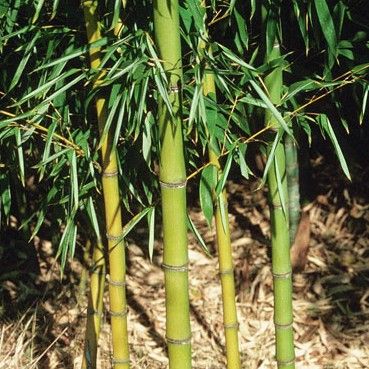
Bamboo
Bamboos have jointed cane stems and bushy long, narrow, pointed leaves on grass-like stems, often golden green. Plants spread aggressively and can reach 16–40 feet in height.
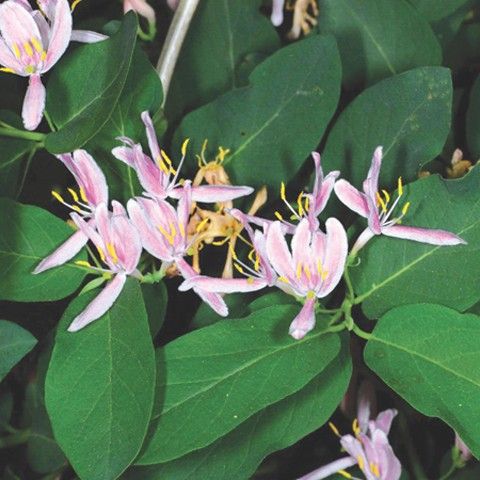
Bush Honeysuckles
Exotic bush honeysuckles are upright, deciduous shrubs, 6–15 feet in height. They have egg-shaped leaves (1–2.5 inches in length), and older stems are often hollow.
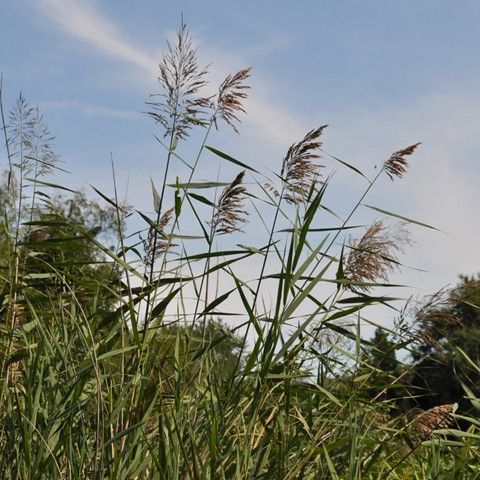
Common Reed
Common reed is often referred to simply as “phragmites.” It is a tall perennial grass that can commonly grow up to 15 feet tall. It has long leaves with rough edges.
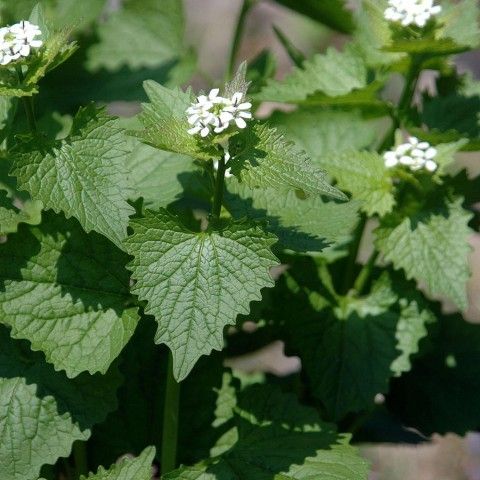
Garlic Mustard
Garlic mustard leaves are triangular to heart-shaped, and when crushed, give off an odor of garlic. First-year plants appear as a rosette; second year plants have weak single stems, 12-36 inches high.
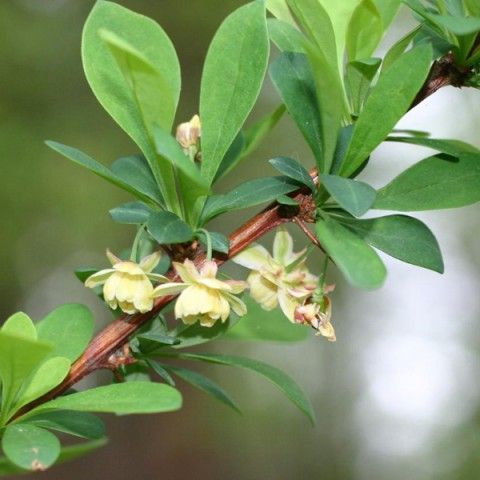
Japanese Barberry
Japanese barberry is a shrub that can reach 2–8 feet in height. It has woody branches with deep grooves and sharp spines; leaves are small ovals. Easy to identify in early spring, it leafs out before most other plants.
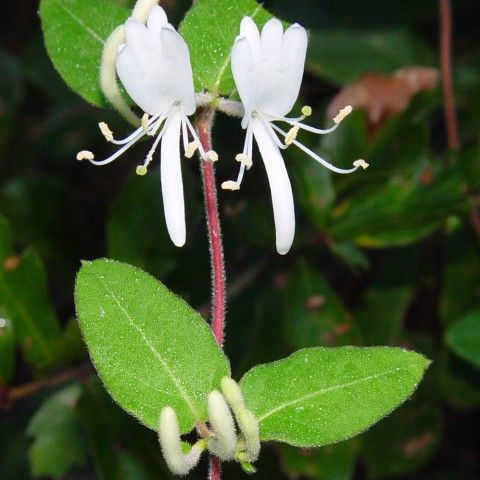
Japanese Honeysuckle
Japanese honeysuckle is a perennial vine that climbs by twisting itself around trunks and vertical structures. The flowers are tubular and white to pink, turning yellow with age. The flowers are very fragrant, occurring in pairs (from April to August).
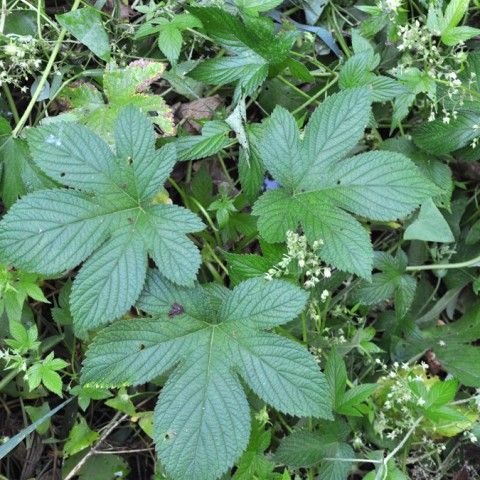
Japanese Hop
Japanese hop is an annual climbing or trailing vine which can grow up to 35 feet in one growing season. Five-lobed leaves have toothed edges which grow opposite of one another along the vine. Stems are covered in prickles.
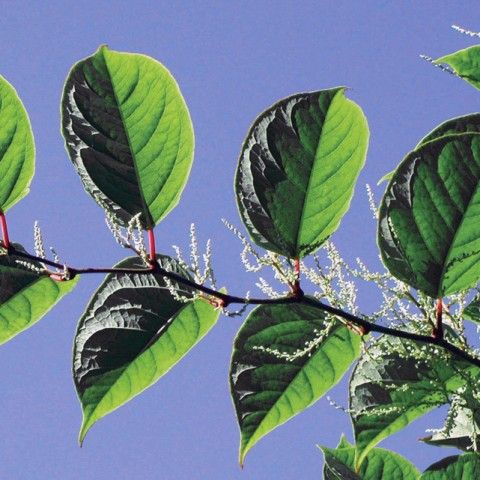
Japanese Knotweed
Japanese knotweed is an herbaceous perennial that can reach over 10 feet in height. Leaves are about 6 inches long by 3–4 inches wide, oval-shaped with pointed tips.
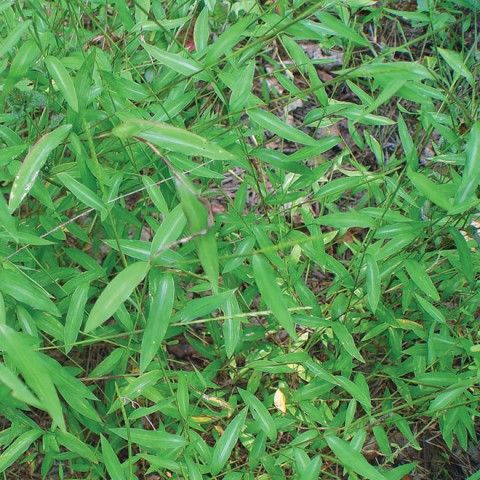
Japanese Stiltgrass
Japanese stiltgrass is an annual grass with sprawling habit that can reach a height of 2–3½ feet. Its leaves are pale green, 1–3 inches long, lance-shaped, and have a shiny, distinctive mid-rib.
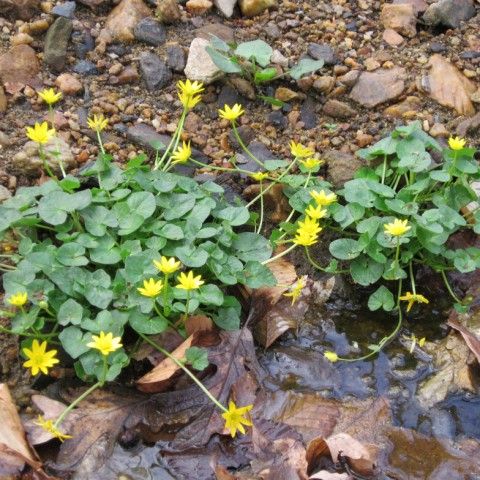
Lesser Celandine
Lesser celandine is a perennial plant with shiny, dark green, and kidney-shaped leaves. Glossy, buttery yellow flowers appear in March and April.
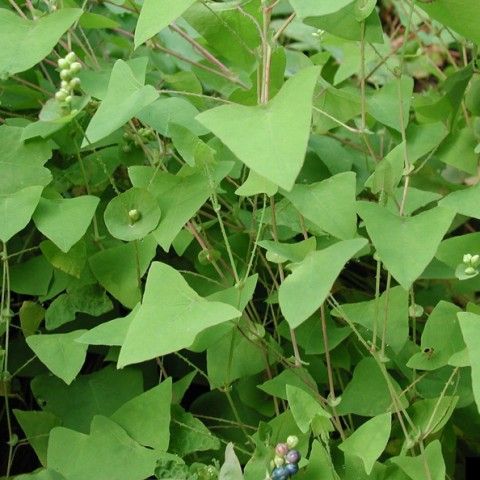
Mile-a-Minute
Mile-a-minute is an annual, trailing vine that can grow to 15 feet in height. Leaves are light green, 1–3 inches wide, and shaped like equilateral triangles. Downward pointing hooks or barbs on stems and leaf undersides are characteristic.
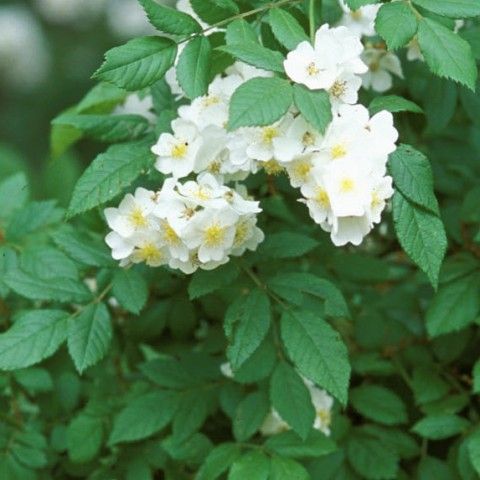
Multiflora Rose
Multiflora rose is a perennial shrub that can grow to 20 feet tall. Leaves are sharply toothed. Fragrant white to pink flowers about one inch across begin blooming in late spring.
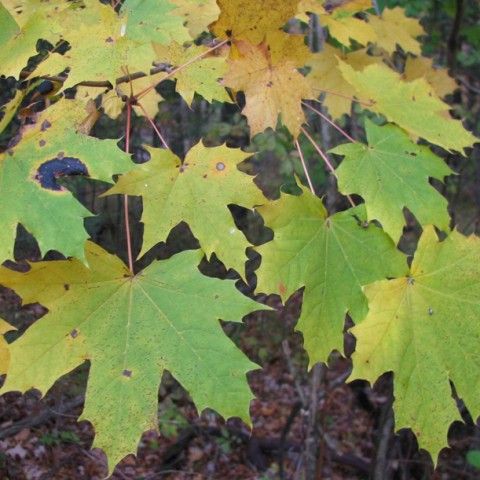
Norway Maple
Norway maple is a deciduous tree ranging from 40–90+ feet in height. Its bark is grey with shallow grooves, and leaves are dark green and glossy and turn yellow in the fall.
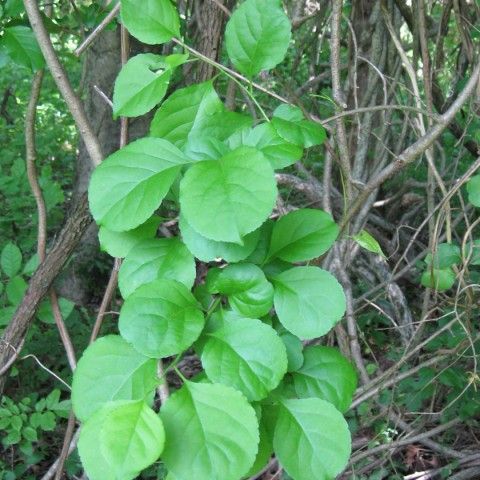
Oriental Bittersweet
Oriental bittersweet is a perennial woody vine. Its leaves are round and glossy and have fine-toothed edges.

Pachysandra
Pachysandra reaches about 12 inches in height. It is an evergreen, perennial member of the Boxwood family. It has small oval-shaped leaves (2–4 inches) that are coarse and leathery.
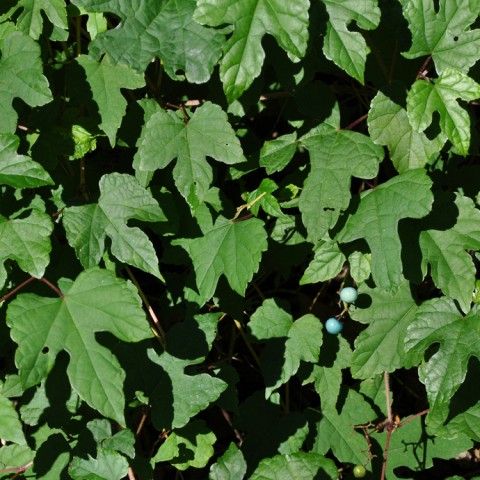
Porcelain Berry
Porcelain berry is a woody, perennial vine, which can grow up to 20 feet or more, and closely resembles native grapevine. Leaves are oblong with a heart-shaped base and toothed edges.
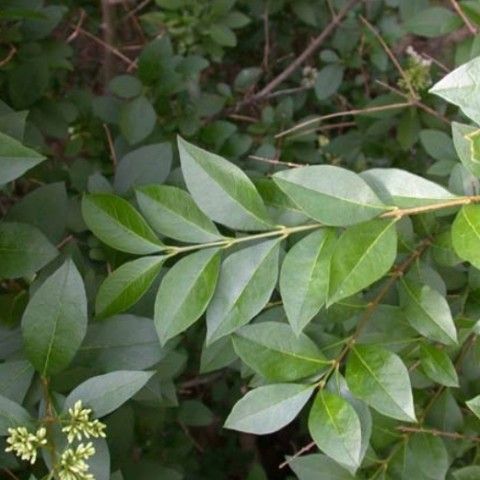
Privet
Also known as common privet or European privet, it is a semi-evergreen shrub or small tree that can grow up to 20 feet in height. Leaves are oblong, usually measuring 1–3 inches long, and ½-inch wide.
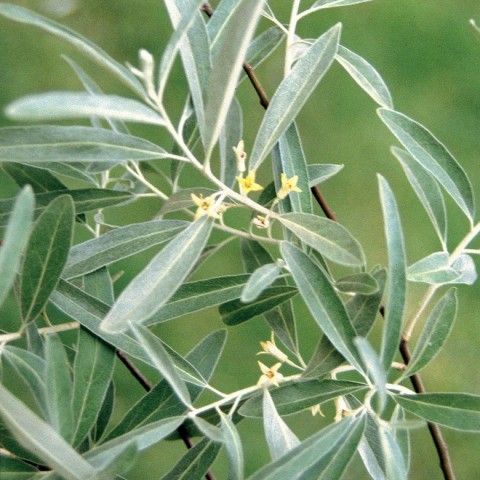
Russian and Autumn Olive
Olives are small perennial trees or shrubs; species can grow from 20 feet to 30 feet tall. Both Russian and autumn olive species have silvery leaves with smooth edges.
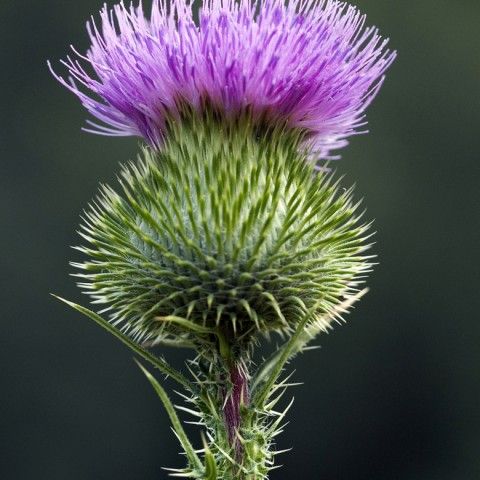
Thistle
Thistles grow erect, have spiny foliage, and bear prominent pink or purple flowers with narrow, spinetipped bracts.
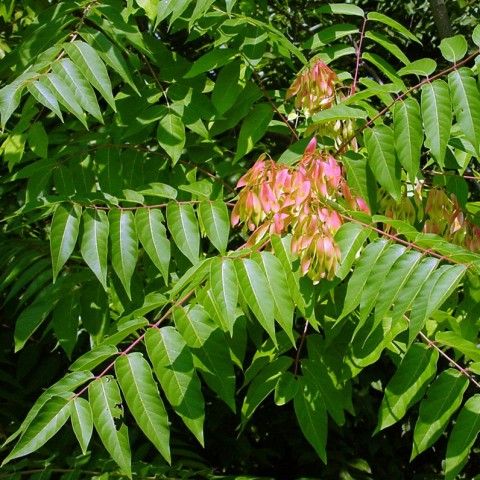
Tree of Heaven
Tree of Heaven leaves are compound, 1–4 feet in length and composed of 11–25 leaflets. Yellow-green flowers appear in large clusters in late spring to early summer.
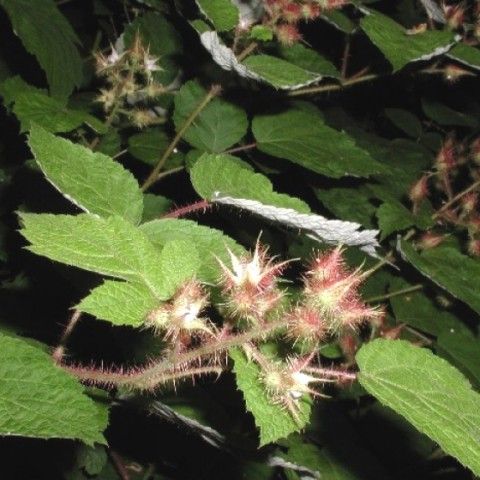
Wineberry
Wineberry has upright and arching stems can grow to a length of 9 feet and are covered in small thorns and reddish hairs, which give the appearance of red stems from afar. Leaves consist of 3 heart-shaped, serrated leaflets and are fuzzy on the underside.
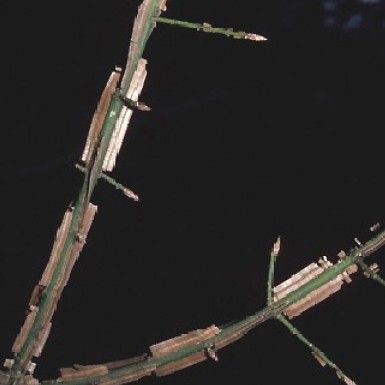
Winged Euonymus
Winged euonymus is a deciduous shrub that can grow to be 15–20 feet in height, but is normally 5–10 feet. The branches are green or brown with prominent “wings.” The leaves are dark green, tapering to a point.